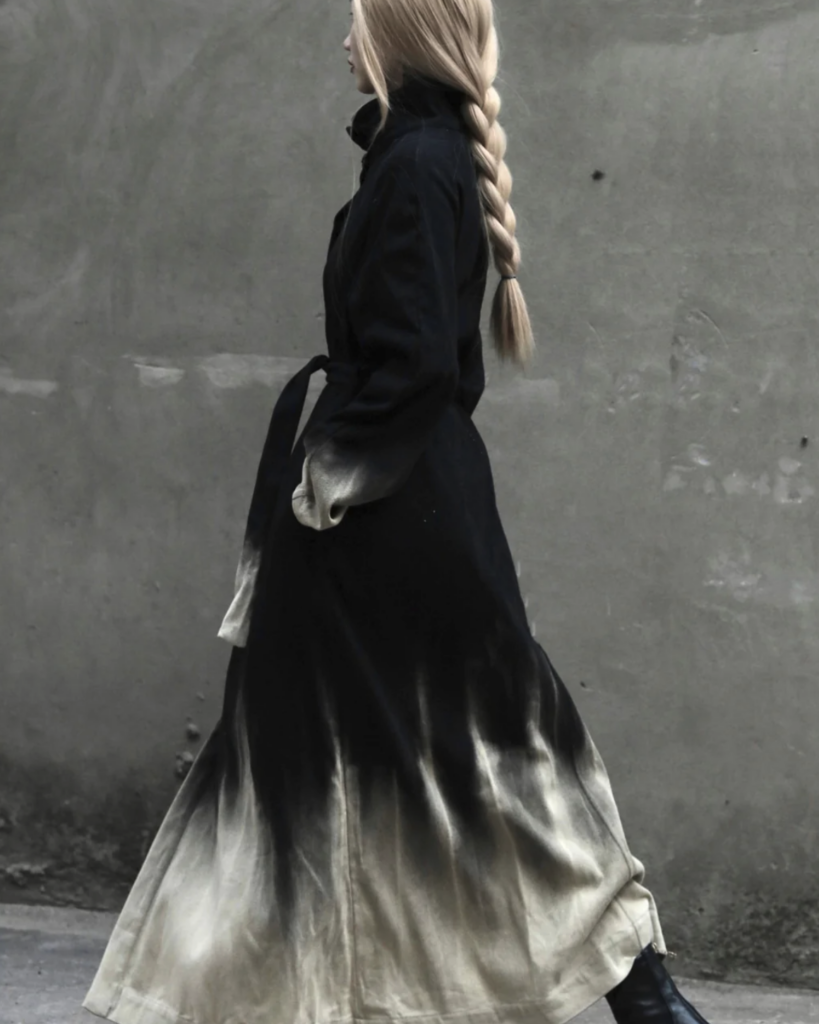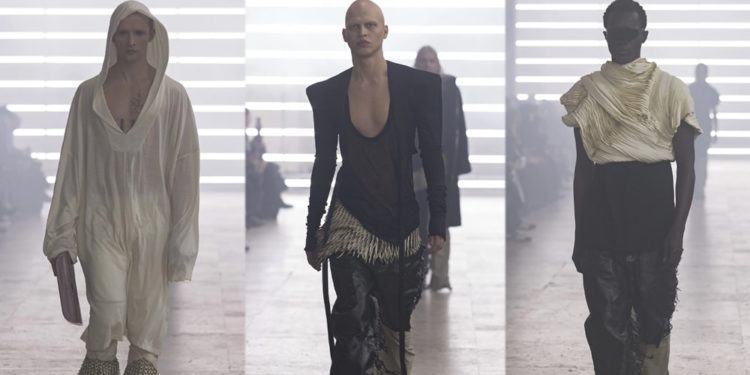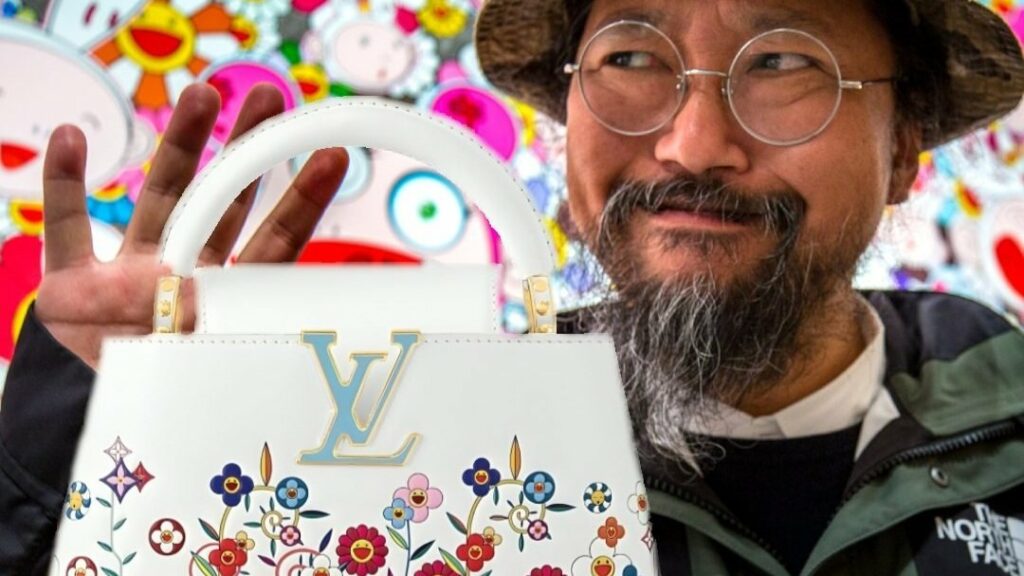Colours of Chaos: Redefining Design in a Turbulent World
In a world marked by socio-political and cultural instability, colour takes centre stage in visual storytelling and the definition of new aesthetic paradigms. The complexity of our times calls for chromatic responses that are both evocative and functional, capable of conveying resilience, hope, and transformation. As a trend forecaster, I believe it is crucial to analyze current trends and identify the colours that will shape the design of the future. The Role of Color in Contemporary Chaos Today, colour is no longer merely a decorative element but a universal language that reflects our collective state of mind. In a context of global disorder, colors become powerful communication tools, capable of inspiring connection and introspection. Current colour trends reveal a return to emotional minimalism, where excessive saturation gives way to balanced and profound tones. This phenomenon stems from a widespread need for stability and grounding, expressed through palettes that evoke calm and authenticity. Colours of Chaos: Redefining Design in a Turbulent World In a world marked by socio-political and cultural instability, colour takes centre stage in visual storytelling and the definition of new aesthetic paradigms. The complexity of our times calls for chromatic responses that are both evocative and functional, capable of conveying resilience, hope, and transformation. As a trend forecaster, I believe it is crucial to analyze current trends and identify the colours that will shape the design of the future. Harnessing Color Amid Chaos Analysis of the intersections between design, culture, and innovation, three colours emerge as defining the creative landscape, complemented by the inevitable presence of black as a symbol of austerity and visual strength: Reimagining Design Through Color The culture of colour evolves in parallel with social and technological changes, transforming into a mirror of our collective aspirations. As designers, it is essential to anticipate these dynamics and integrate them into projects that are not only visually captivating but also meaningful. Today’s design must embrace imperfection and celebrate diversity, creating experiences that speak to the soul. Colour, in this sense, is the thread that ties aesthetics and emotion together, offering a clear vision of a more harmonious and conscious future. My Manifesto In an age of uncertainty, colour becomes an anchor of stability and inspiration. Deep blue, natural terracotta, aurora green, and absolute black are not merely colour trends but true symbols of resilience and transformation. Through these tones, we can redefine the visual language of design, creating works that reflect the time we live in while looking optimistically toward the future. The future of design is here, built around tones that not only reflect our present but also shape our aspirations. Deep blue, natural terracotta, aurora green, and absolute black are more than just colours: they are the language of transformation, a visual manifesto that challenges the present and shapes the future. Designers and creatives have the opportunity to embrace these hues to craft an aesthetic that inspires, connects, and defines a new visual paradigm.
Colours of Chaos: Redefining Design in a Turbulent World Leggi tutto »





